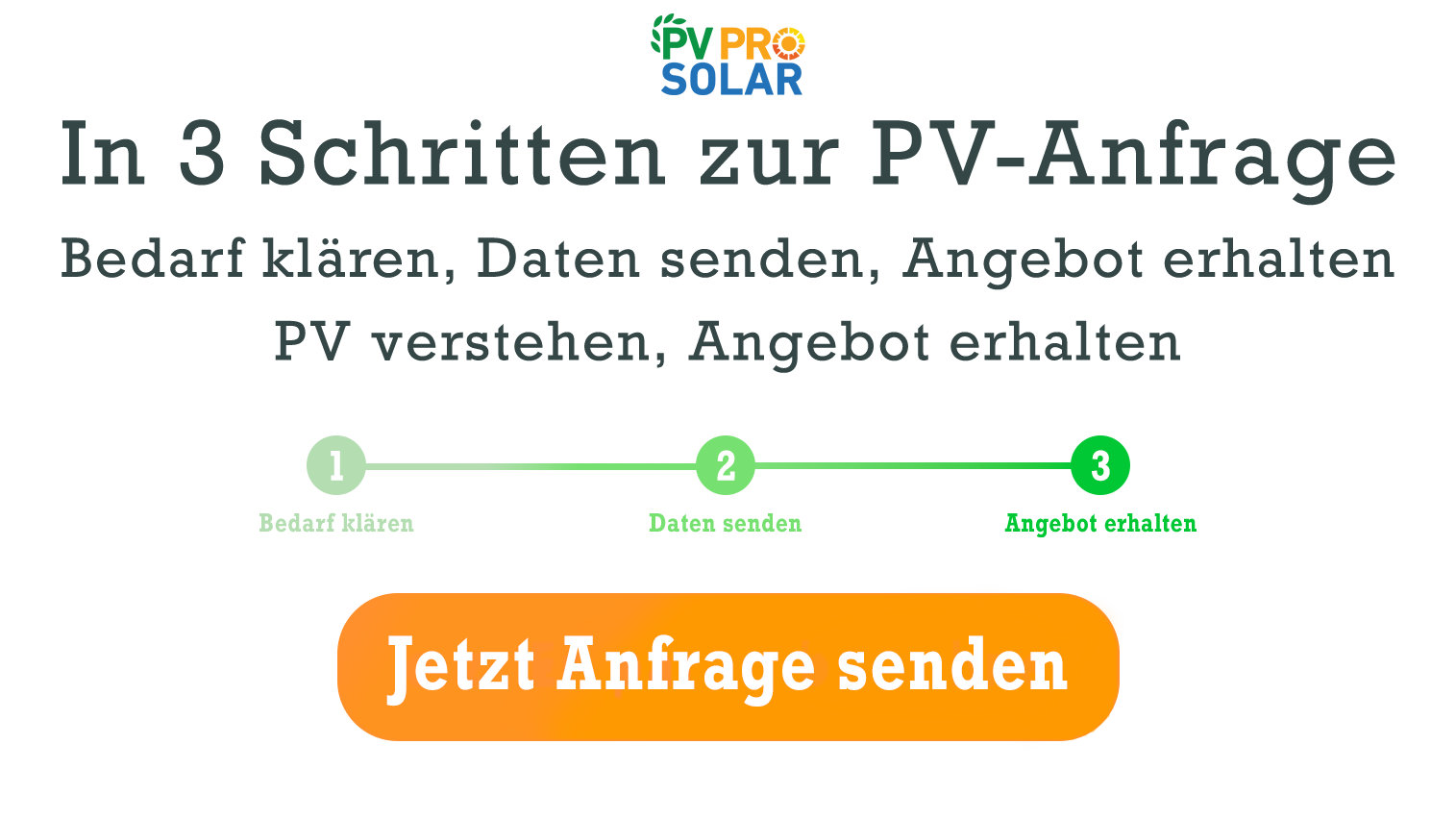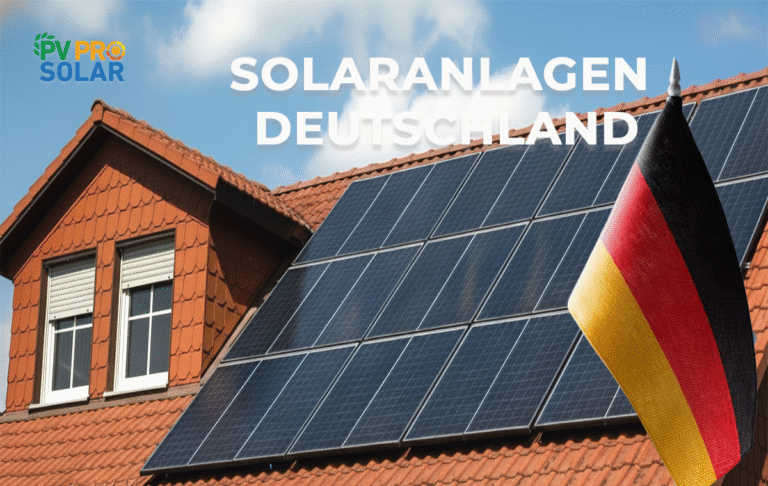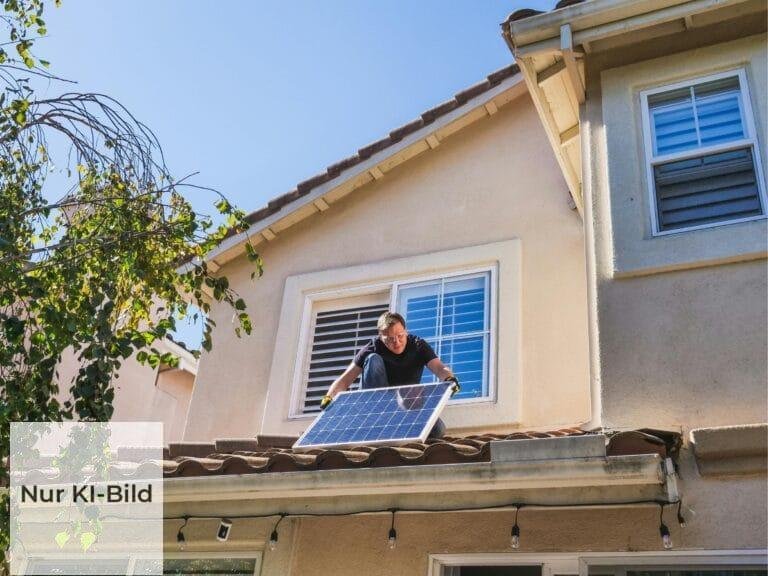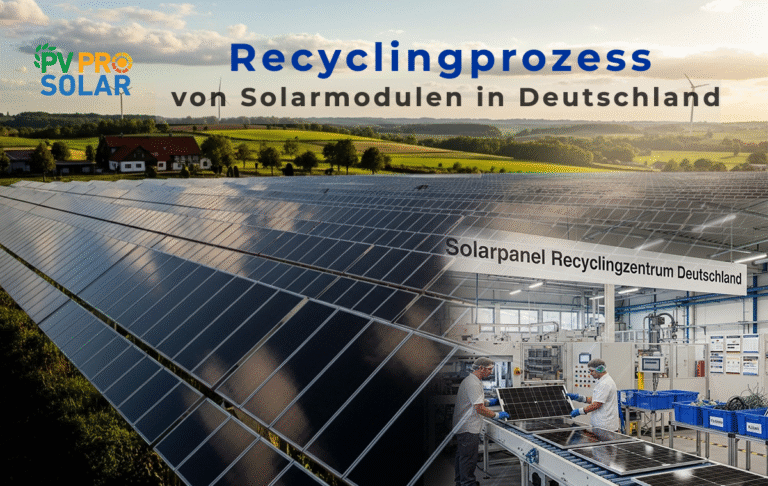Solar Peak Law 2026 – What Will Change for Homeowners and Businesses?
The Solar Peak Law 2026 marks a major new step in Germany’s energy transition. With this official new solar regulation, the federal government is laying the foundation for an accelerated expansion of photovoltaic (PV) systems across the country, pushing for greater energy independence and a more sustainable power supply.
At the heart of the law are new legal requirements, intelligent metering systems, flexible feed-in regulations, and incentives for small PV systems as well as green rooftop solar installations.
What’s Behind the New Solar Peak Law 2026?
The Solar Peak Law 2026 is part of a comprehensive reform of the 2026 Energy Act and aims to significantly boost Germany’s installed photovoltaic capacity. The goal is to substantially increase the share of solar power in the country’s energy mix and move toward a near climate-neutral power supply by 2040.
Key innovations include mandatory standards for the installation of smart meters and the integration of long-term solar storage solutions. The law emphasizes innovation, efficiency, and the intelligent interconnection of power generation, storage, and consumption.
Why Is the Solar Peak Law 2026 Considered a Gamechanger?
With this law, the government is addressing major challenges of the energy transition: grid capacity limits, fluctuating solar output, and rising electricity prices. The new rules bring several key advantages:
- More flexible feed-in tariffs based on actual solar yields.
- Incentives for green rooftops and building-integrated solar solutions.
- Mandatory smart meter installation to improve energy flow transparency.
- Integration of long-term solar storage to ease pressure on the grid.
- Subsidy programs for small and new PV systems.
Together, these changes make the law a cornerstone for a smart, decentralized energy infrastructure.
What New Rules and Legal Requirements Will Be Introduced?
The new regulations apply to both private homeowners and businesses. A key goal of the Solar Peak Law is better energy management through digital data collection.
Mandatory Smart Meters and Intelligent Metering Systems
Starting in 2026, all newly installed PV systems must include intelligent metering systems (smart meters). These devices allow for precise real-time tracking of power generation and consumption.
They play a crucial role in monitoring solar output, grid feed-in, and self-consumption digitally.
Incentives for Green Rooftops and Innovative Storage Solutions
The combination of green roofs and PV modules will receive tax breaks and government subsidies. These systems not only improve energy efficiency but also promote urban climate adaptation through rooftop greening.
Additionally, long-term solar storage will be supported for the first time in a meaningful way, enabling solar power to be stored and used over extended periods — a milestone in sustainable energy storage.
How Do Small and New PV Systems Benefit from the Law?
The Solar Peak Law 2026 provides clear advantages for small PV installations. Systems up to 30 kWp will benefit from higher feed-in tariffs and simplified approval processes.
In many cases, tax return obligations will be eliminated, reducing bureaucracy for small operators.
New PV systems will also qualify for bonus incentives when combined with smart meters and long-term storage. This not only boosts self-consumption but also enhances grid stability.
What Role Does Solar Tracking Play in Improving Yield?
A noteworthy element of the law is targeted support for solar tracking systems. By automatically adjusting panel angles to follow the sun, yields can be increased by up to 25%.
This technology is especially beneficial for commercial and agricultural projects, offering fast return on investment — particularly when paired with the Solar Peak Law’s new compensation models.
Long-Term Solar Storage and Grid Relief – A Central Focus
The shift toward a fully electric society presents major challenges for the power grid. The Solar Peak Law 2026 promotes long-term solar storage as a way to store energy for several days or even weeks.
These storage solutions — often based on salt or hydrogen technologies — help prevent energy shortages and improve overall supply security.
For operators, this means fewer feed-in losses and more stable, long-term returns.
The Official Solar Law 2026 and Its Link to the EEG
The new law complements the Renewable Energy Sources Act (EEG), especially when it comes to compensation and grid connection conditions.
While the EEG continues to govern feed-in tariffs, the Solar Peak Law 2026 defines technical and administrative standards, particularly around smart meters and digital grid integration. This provides clarity and confidence for investors and system operators.
Impact on Electricity Prices and Feed-In Compensation
The law also has implications for price trends. With the widespread use of smart meters and performance-based control systems, the power grid will operate more efficiently.
Over time, this is expected to lead to more stable energy prices and a fairer distribution of grid costs. At the same time, feed-in tariffs for small systems will remain attractive and will be dynamically adjusted in line with market conditions under the new law.
Solar Peak Law 2026 in Practice – Opportunities and Challenges
In practice, the law offers both opportunities and hurdles:
Opportunities:
- Higher returns through optimized self-consumption
- Better grid integration via smart meters
- New funding models for storage and green roofs
Challenges:
- Technical retrofitting of existing systems
- Higher upfront investment for smart meter infrastructure
- Training needs for installers and planners
In the long run, however, the benefits outweigh the challenges: more transparency, more autonomy, and more sustainability.
What Does This Mean for the Future of Photovoltaics in Germany?
With the Solar Peak Law 2026, Germany is positioning itself as a leader in solar innovation across Europe. The combination of clear legal frameworks, cutting-edge technology, and targeted support is injecting new momentum into the market.
Particularly, the focus on green roofs, solar tracking, and long-term storage enhances the resilience of the energy system.
For homeowners, businesses, and investors, this opens up a new era of energy efficiency and independence.
A New Chapter in the Solar Energy Future
The Solar Peak Law 2026 stands for progress, innovation, and accountability. It merges environmental goals with economic foresight, setting new benchmarks for the photovoltaic industry.
Those who act early and adapt their systems to the new requirements will benefit from higher yields, lower costs, and government support in the long term.
Discover more about cutting-edge solar solutions, storage technologies, and government incentive programs at PVPro Solar GmbH – your trusted partner for sustainable energy projects in Germany.
All new PV systems installed from 2026 onward, as well as existing ones that are expanded or upgraded, must comply with the new technical and legal standards — particularly the integration of smart meters and updated grid communication systems.
Yes. The official solar law includes targeted funding programs for green rooftops, long-term storage, and combined PV systems. This helps make rooftop spaces more efficient and environmentally friendly. Which systems are affected by the Solar Peak Law 2026?
Are there subsidies for green roofs and storage systems?









